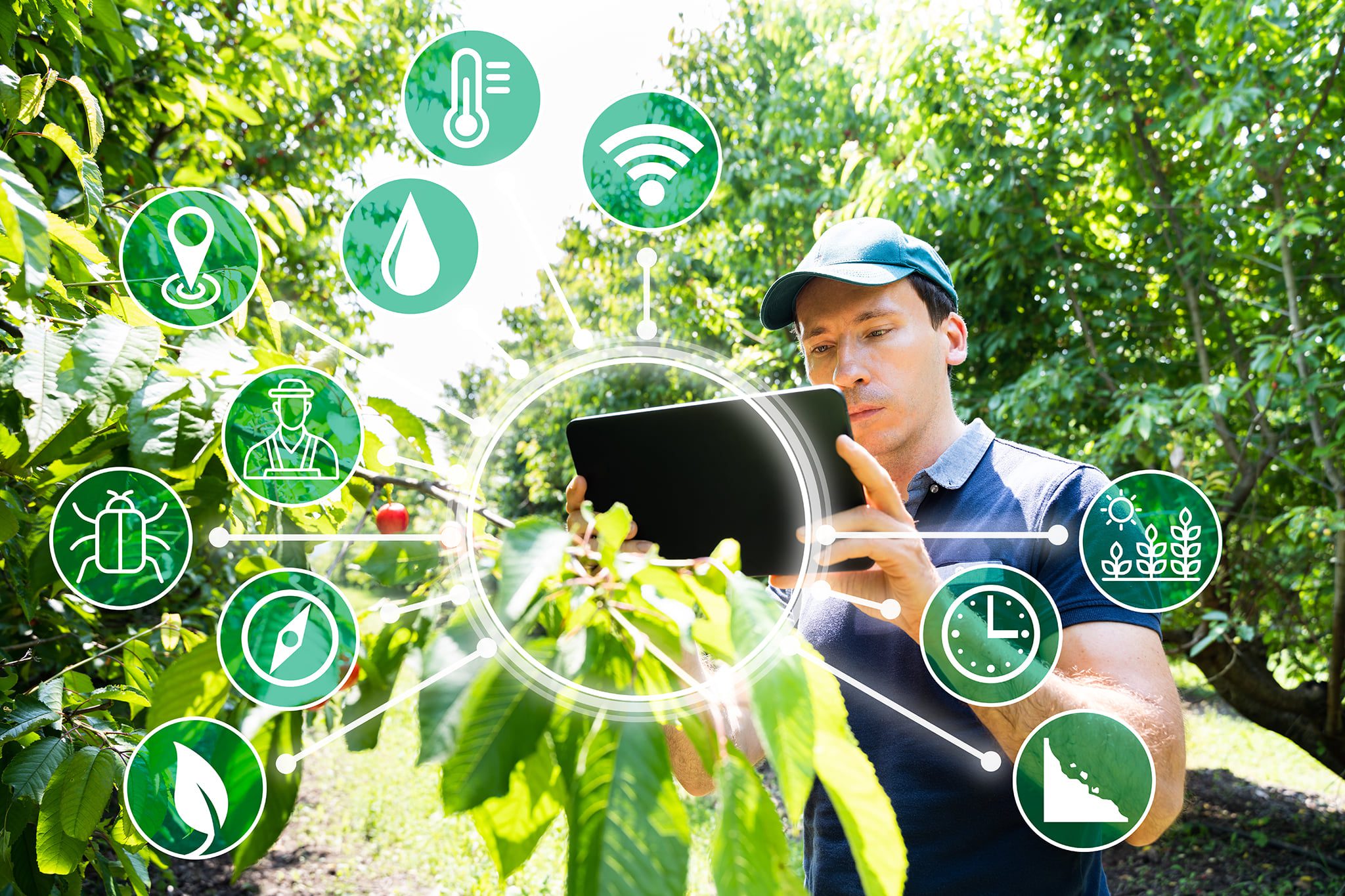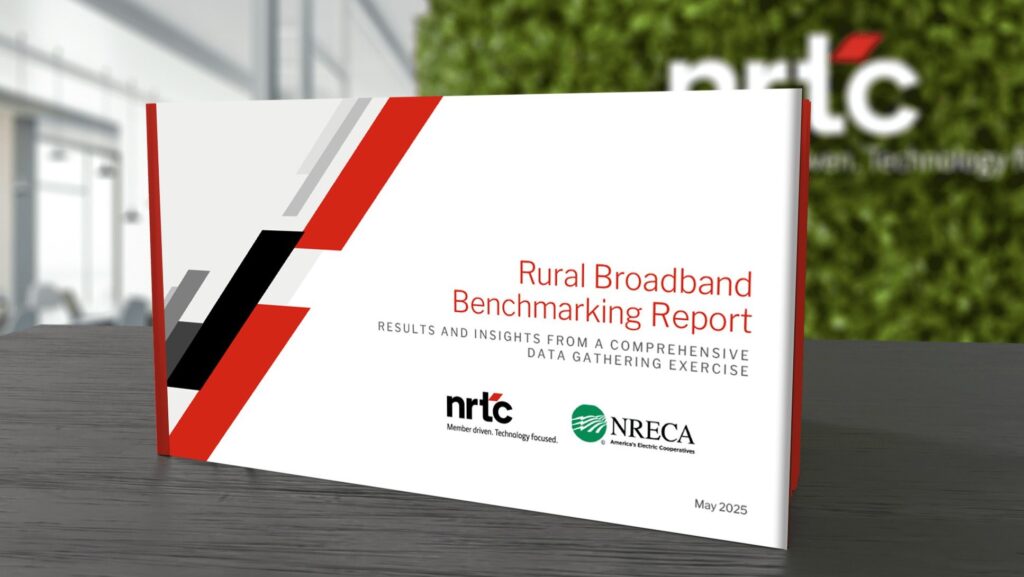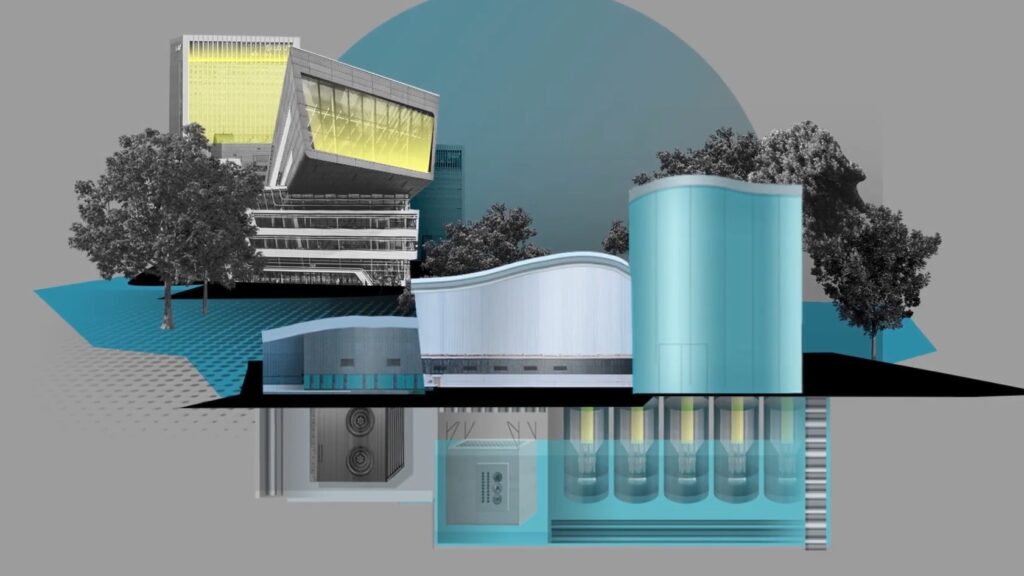Grand Farm Provides a Testbed for Advanced Rural Connectivity
Randy Sukow
|

When spokesmen for the Grand Farm talk about their goals, they use phrases like “fully autonomous farming,” “smaller tractors” and the “hands-free farm.” They have a vision of technology creating a more efficient form of agriculture that will feed billions in coming decades, improve safety levels for farm workers and lead to healthy increases of business capital into rural communities. But much of it hinges on extending broadband connections, especially wireless connections, to unserved agricultural lands.
Grand Farm is a newly created 240-acre facility near Fargo, ND, that serves many functions. Earlier this year, it established a school with a software engineering training program to address a labor shortage in rural areas. It is a research center developing data to influence government policy makers and businesses. It is a showcase, inviting members of the public to witness futuristic technologies.
We talked about Walt Disney, what he had designed for the experimental prototype community of the world, the EPCOT center. He thought about how you bring people into a physical space, thinking about the future and how you can be part of it,” said Grand Farm’s Operations Director Brian Carroll yesterday during a virtual meeting of the FCC’s Precision Ag Connectivity Task Force.
Perhaps the most important function for the farm is as a testbed for new technologies and a place to attract new partnerships and innovators. Microsoft is among the partners in Grand Farm with a $1.5 million investment. Carroll speaks of Grand Farm’s version JFK’s goal for reaching the moon within 10 years. Grand Farm seeks to build the prototype of a fully autonomous farm by 2025. “Our big, audacious goal, our big statement,” he said. “We started to meet with different business and industry leaders [in 2017] and said, what would it take for us to do that?”
For example, the farm currently is working with “supervised” automation, where an operator in a tractor collects data from sensors throughout the farm. Eventually, that will evolve into self-driving, autonomous tractors that collect data and make decisions on their own. Without humans in the tractor, manufacturers can build them smaller and farmers can afford to operate several tractors remote controlled at the same time. The communications technology would allow for removing the computing power from the tractor and for running the operation from the cloud.
“At the Grand Farm, we recognize to get to that place, it’s going to take time. It will take 2025 to get to that next generation of systems. We do not get there by snapping our fingers,” said William Aderholdt, Grand Farm’s program manager, who spoke to the task force directly from a field at the Grand Farm (pictured). “It will take a process where we bring together stakeholders every year and identify projects both physical and digital, and make sure those are driving us forward on our mission.”
Moving technologies from the Grand Farm testbed to farms across and America will require fast connections. “We need to ensure that agricultural technology works for the solutions that will exist tomorrow. There are places throughout the United States where [communications] is cost prohibitive,” Aderholdt said.


